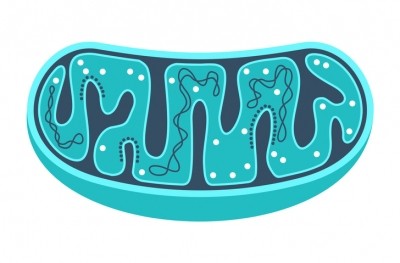Higher-uptake CoQ10 form boosts cycling performance

The new research was published in the Journal of the International Society of Sports Nutrition. It was the work of researchers from New Zealand (where the supplement manufacturer is based) and Canada.
The test material was MitoQ, a special form of CoQ10 manufactured by MitoQ Ltd. The supplement debuted in 2013. The authors of the study are not affiliated with the company but MitoQ Ltd did provide funding for the research.
CoQ10's role in body
CoQ10 is a vitamin-like substance that is concentrated in the mitochondria — the 'power plants' of the cell — and plays a vital role in the production of chemical energy by participating in the production of adenosine triphosphate (ATP), the body's so-called 'energy currency'.
There is an ever-growing body of scientific data that shows substantial health benefits of CoQ10 supplementation for people suffering from angina, heart attack and hypertension. The nutrient is also recommended to people on statins to offset the CoQ10-depleting effects of the medication. Other studies have reported that CoQ10 may play a supportive role in neuro-degenerative diseases.
The popularity of CoQ10, particularly in supplements, has been boosted by the rise in the prescription of statin drugs which deplete the body's natural stores of CoQ10.
The problem with the ingredient has always been issues surrounding its bioavailability. The base molecule, called ubiquinone, is poorly absorbed, leading to a need for high dosages. To get around this, some suppliers offer CoQ10 in the ubiquinol form, the reduced form as it appears in the body, and claim higher bioavailability for this ingredient.
Electrostatic approach
MitoQ takes a different tack, altering the base ubiquinone molecule in a process that is the brainchild of Michael Murphy of Cambridge University and Rob Smith of Otago University, New Zealand, who were studying the correlation of mitochondria, oxidative stress and diseases. The pair devised an ingredient consisting of a ubiquinone moiety conjugated to a lipophilic triphenylphosphonium cation. The result is a molecule that carries a positive charge so it is more easily taken up into the negatively charged mitochondria.
To test the effects of the molecule, the researchers recruited a cadre of 22 ‘recreationally trained’ middle aged male cyclists, of whom 19 completed the test. The subjects, who where divided into experimental and placebo groups, were riding about 160 km or 100 miles a week during the six month period leading up to the test.
They continued riding at that pace while consuming the MitoQ supplement for 28 days. At the beginning of the study they rode for 45 minutes in the lab on a cycling ergometer at 70% of their max VO2 level, followed by an 8 km time trial. That test was repeated at the end of the study.
The researchers found that MitoQ cut the time trial times by an average of 1.6%. While that might not sound like much to a layman, the time difference was about 20 seconds over 8 km between the groups, which is a relatively huge difference in cycling terms. In addition, the MitoQ group showed a 4.4% increase in power output without a change in the subjective perceived rate of exertion (PRE) score.
Source: Journal of the International Society of Sports Nutrition
18, Article number: 58 (2021)
Mitochondria-targeted antioxidant supplementation improves 8 km time trial performance in middle-aged trained male cyclists
Authors: Broome SC, et al.














